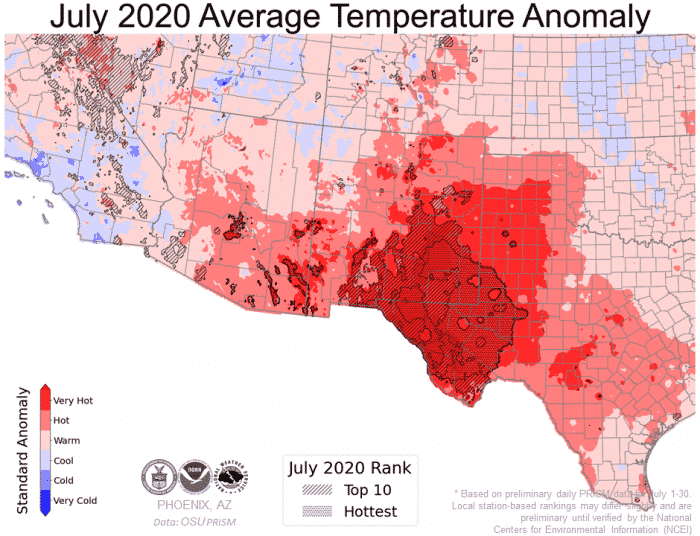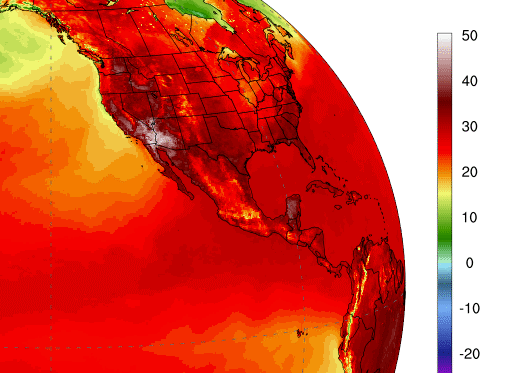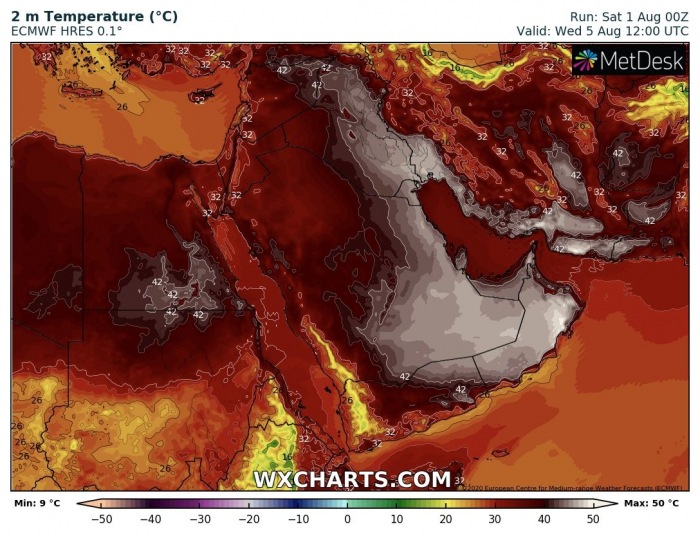Chimney smashes through roof in high winds to kill man, 47, and injure woman, 28, as Britain faces up to threat of 70mph Canadian Vortex winds this week
- Roof of the Bradford property collapsed at 5.00am, police said as they launch investigation into the cause
- Man was found to have suffered fatal injuries after debris fell into bedroom while woman was taken to hospital
- It comes as Britain braces itself for more high winds this week as Canadian Vortex is heading across Atlantic
- Large waves and spray along coastlines is also forecast, alongside some disruption to trains and buses
The chimney broke off the two-storey neighbouring house and slammed into their bungalow in Knight's Fold, Bradford, at 5.06am during high winds and rain.
The woman was rushed to hospital to be treated for non-life-threatening injuries. Officers said inquiries are ongoing to establish the cause of the incident
The neighbours, including three children, emerged from their cottage unscathed.
The tragic incident took place as the country braces itself for more high winds - reaching speeds of 70mph - which are set to batter the UK later this week.
Forecasters have warned that a 700 mile-wide 'Canadian low pressure vortex' hits on Tuesday and Wednesday while the first frost of winter is forecast for the Bank Holiday weekend.
The new torment will see strong winds for more parts of Britain than Ellen, forecasters say, with the South and Midlands bearing the brunt.
A resident on the road said it was 'windy and rainy' last night and 'maybe the chimney was loosened and just fell off'.
'It's such a horrible thing to happen in your sleep. Just a freak accident.'
Awais Asghar, who works in a nearby corner shop, told the BBC: 'A chimney collapsed straight on to their roof and straight through and unfortunately the man passed away. He was a regular customer of mine. They were a nice couple.'
West Yorkshire Police have launched an investigation into the cause of the incident and a file is being prepared for the coroner.
Det Insp Claudine Binns, of Bradford District, said: 'This has clearly been a tragic incident in which a man has lost his life and a woman has received some serious injuries.
'Work is ongoing to make the building safe and we are in the early stages of a full investigation with the local authority to determine exactly how this fatal incident took place.
'The victim's family will be rehoused and authorities are working to support them in any way we can.'
A 700-mile wide Canadian Vortex is making its way across the Atlantic bringing high winds of up to 70mph to Britain
The Met Office has already issued yellow warnings for 70mph gusts for the South, Midlands and Wales for Tuesday and Wednesday, caused by the new storm shown on weather maps as a 700 mile-wide 70mph 'Canadian low pressure vortex' heads to the UK.
MeteoGroup said the storm has potential to be named and warned of gusts faster than 60mph, with more parts hit by severe winds than during Storm Ellen.
The Environment Agency warned of more floods.
Met Office forecaster Marco Petagna said: 'Another deep area of low pressure looks like affecting the UK on Tuesday and Wednesday, with another wet and very windy spell likely.
'Even once the deep area of low pressure moves off the scene, there are signs of especially windy weather into Friday.
'It looks particularly unsettled in a changeable week ahead.'
Cool 16-21C highs are due over the next week, with another bout of gales hitting into Friday - and the Met Office even forecast frost chilling the Bank Holiday weekend. Frost is most likely in the North.
Autumn does not officially begin until next Tuesday, September 1.
Large waves and spray on coasts is predicted, along with possible disruption to some bus and train services.
'There's reasonable scope that the warning area might need to be extended further north,' Met Office meteorologist Steven Keates told MailOnline. 'For late August it is unseasonable. I think it's fair to say it is down a notch from Storm Ellen, but nonetheless windy enough.'
Parts of the UK have enjoyed a brief spell of sunshine today - with temperatures peaking at 73F (22C) - before Northern Ireland, Wales and central England were plunged into grey cloud cover and heavy showers.
MeteoGroup forecaster Paul Mott said: 'There's certainly the chance the storm will be named, especially with potential for the strongest winds to be more widespread than Storm Ellen, and with so many people being on holiday.
'Peak wind gust speeds similar to Elllen are a risk, with 60mph or a bit higher possible in the West.
'The low pressure is coming from just south of Newfoundland. It will be unpleasant when it arrives.
A Met office spokesman added: 'A spell of strong winds is likely to develop across the southwest of England and Wales on Tuesday morning, before spreading east across other parts of England and Wales overnight, clearing into the North Sea on Wednesday afternoon.
'Gusts of wind are likely to exceed 50mph for quite a few places, with exposed coasts and hills seeing gusts in excess of 60mph.
'While not exceptional, winds this strong are unusual for August, with possible transport disruption and impacts on outdoor activities.'
Storm Ellen brought high winds to the UK last week, with speeds up to 79mph recorded at Capel Curig, north Wales.
Met Office chief meteorologist Paul Gunderson added that it was a 'very lively' storm for August.
'With this spell of unsettled weather coinciding with trees in full leaf and a peak in the camping season, wind-related impacts are more likely at lower wind speeds compared to other times of year,' added deputy meteorologist Dave Oliver.
Beachgoers were seen swimming, building sand castles and lounging behind tents and wind-breaks in Lyme Regis, Dorset
Temperatures are expected to reach 73F (22C) today and there will be a brief spell of sunshine - before cloud rolls in


 Extreme temperatures usa in July 2020.
Extreme temperatures usa in July 2020.


You need to be a member of Earth Changes and the Pole Shift to add comments!
Join Earth Changes and the Pole Shift